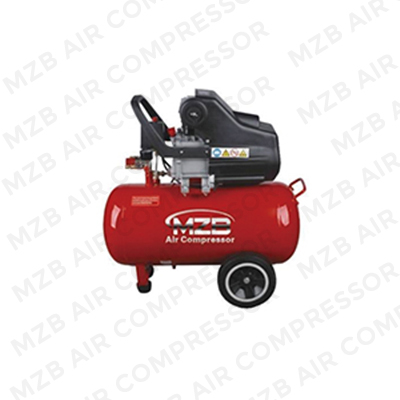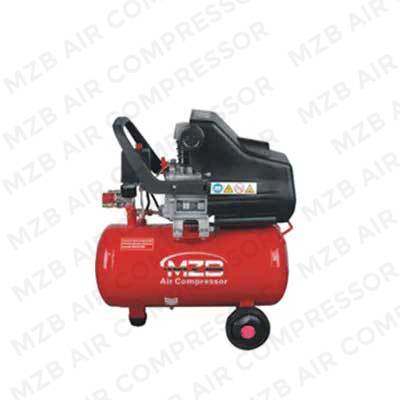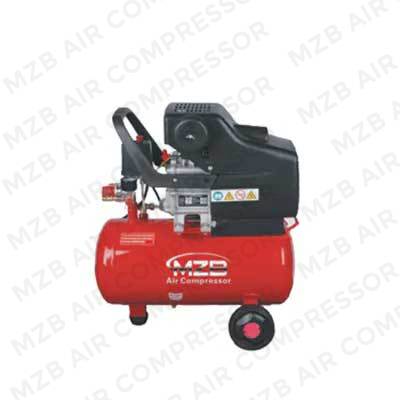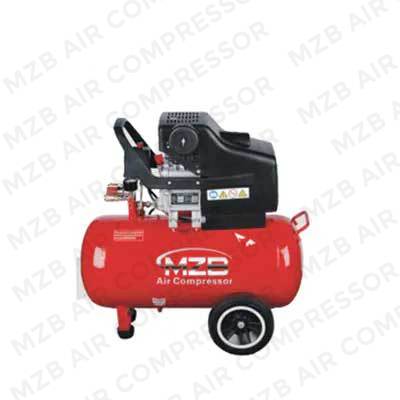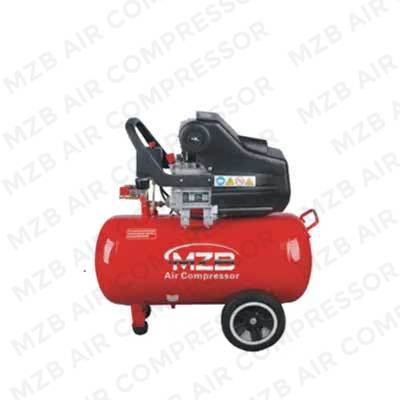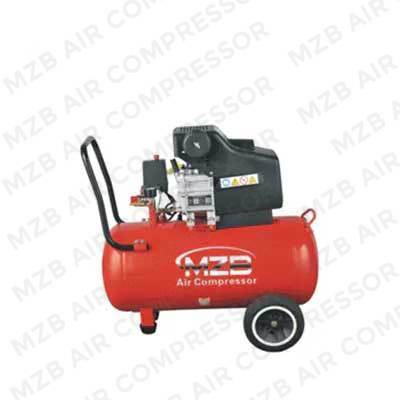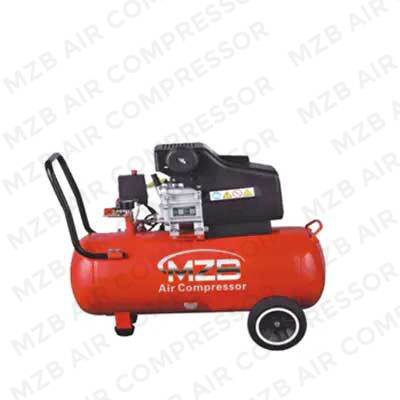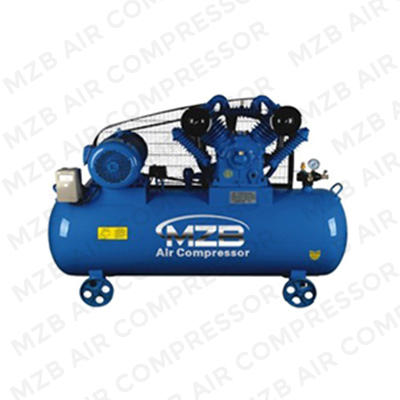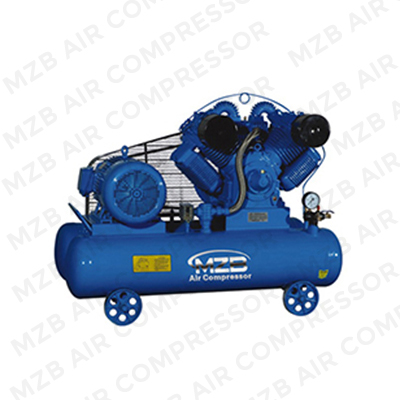As a new type of environmentally friendly vehicle, the concept of new energy vehicles has gradually become popular. Even the famous Tesla is following the trend. The production of new energy vehicles brings new challenges to the work of on-board air compressors: on the one hand, it is necessary to increase the working pressure, and on the other hand, it must be more energy-saving. Taking this advantage, this article will introduce the development of the new energy vehicle air compressor industry from various aspects.
1. Background of the improvement of technical standards
As early as March 7, 2017, the Ministry of Transport issued the "Notice on the Implementation of the Transportation Industry Standard "Safety Technical Conditions for Operating Passenger Cars" (JT/T 1094-2016) (JT/T 1094 Standard for short)", which clarified the The standard will be officially implemented from April 1, 2017.
In terms of braking system, the standard proposes that all wheels of passenger cars should be equipped with disc brakes. For commercial buses with air brake system, the working air pressure in the service brake pipeline should be greater than or equal to 1000kPa, which is 10kg. The original standard is 8 kg. According to authoritative sources in the industry, the future national standard should be raised to a pipeline pressure of 12 kg.
The JT/T 1094 standard increases the working air pressure value in the service brake pipeline to ensure the safety of operating vehicles, and at the same time requires the air compressor to improve work efficiency and reduce energy consumption. This brings new challenges to the work of the on-board air compressor: on the one hand, it is necessary to increase the working pressure, and on the other hand, it must be more energy-saving.
At present, the standard for operating passenger cars has been raised, but logistics vehicles have not yet proposed such a standard. Due to cost considerations, at present, air compressors are used for logistics vehicles above 4.5 tons, and vacuum pumps are used for vehicles below 4.5 tons. However, some tests cannot reach the braking distance stipulated by the state if the vacuum pump is used, and if the standard of the air compressor is improved, the cost will inevitably increase. It is also difficult for the OEM to absorb this part of the cost. Therefore, with the development of new energy vehicles, It remains to be seen whether subsequent countries will introduce some standards.
Second, the working principle of the vehicle air compressor
The air compressor is the core of the air source device. It converts the mechanical energy of the motor into gas pressure energy, and is a pressure generating device for compressed air. The on-board air compressor sucks in natural air, and comes out with compressed air of a certain density, and then sends it to the air storage tank to form high-pressure air with a pressure higher than 10 kg, which is used for the on-board actuators to do work.
The main applications of air compressors in vehicles are: brake system, door pump and clutch wheel pump, and air suspension. Liu Chaoneng said that based on the above special needs, the air compressor has the following requirements: safety and reliability, energy saving and high efficiency, high air quality, light weight, small size, low noise and low maintenance cost.
3. Improvement of vehicle air compressor
In the past, the air compressor was large in size, heavy in weight, and difficult to maintain. With subsequent improvements, the weight was reduced, the efficiency was improved, and the maintenance difficulty of the machine was also reduced. And it also solves the problems of oil leakage and emulsification, and the cost is also effectively controlled.
With the popularization of new energy vehicles in the next few years, the application of air compressors will be more extensive.
aircompressormanufacture.com

 English
English Español
Español русский
русский